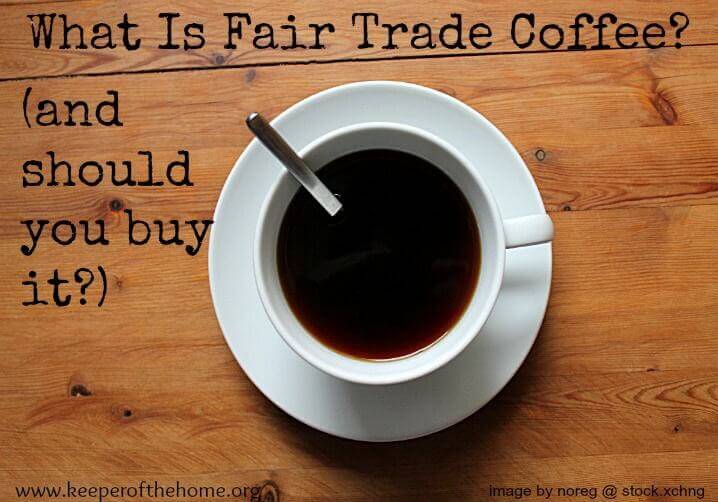 From the latest Journal of Economic Perspectives
From the latest Journal of Economic Perspectives
Fair trade coffee is a cup half full, according to
Raluca Dragusanu, Daniele Giovannucci, and
Nathan Nunn in “The Economics of Fair Trade”
(Summer 2014, vol. 28, no. 3, pp. 217–36). We are
not persuaded.
The authors barely mention the fees imposed
upon current and prospective fair trade coffee
growers by FLO-CERT, the organization that
verifies and certifies fair trade products. By not
spelling out the fees, the authors may leave readers
with a mistaken impression that the fees are
trifling. Elliott (2012) summarizes nicely the latest
fee structure. For cooperatives of poor producers,
the initial application fee is €525, and fees for the
first inspection vary from €1430 to €3470 depending
upon a cooperative’s size. While certifications
are good for three years, annual fees range from
€1170 to €2770 and include interim surveillance of
growers’ practices. In short, Fairtrade International
requires farmers in low-income countries to pay
thousands of dollars in order to participate in a network
presumably intended to offer poverty relief
to its producer organizations as well as protection
from allegedly ruthless local monopsonist coffee
buyers, called coyotes. The existence of these large
and explicit costs to growers casts some doubt on
the relatively optimistic conclusions of this paper.
As the authors acknowledge, only a small fraction
of coffee grown by fair trade producers is able to be
sold as fair trade coffee, but readers should also
be clear that applying to join the fair trade network
does not guarantee a willing buyer on the other
side of the market. As Fridell (2007) notes, newcomers
to fair trade production are the least likely
to benefit because they cannot compete on an
equal footing with established cooperatives in
an already saturated market. Fridell cites Martinez
(2002), who in turn describes the plight of a certified
producer organization that searched for eight
years to locate a willing buyer.
There’s plenty more here in the whole letter to the JEP.